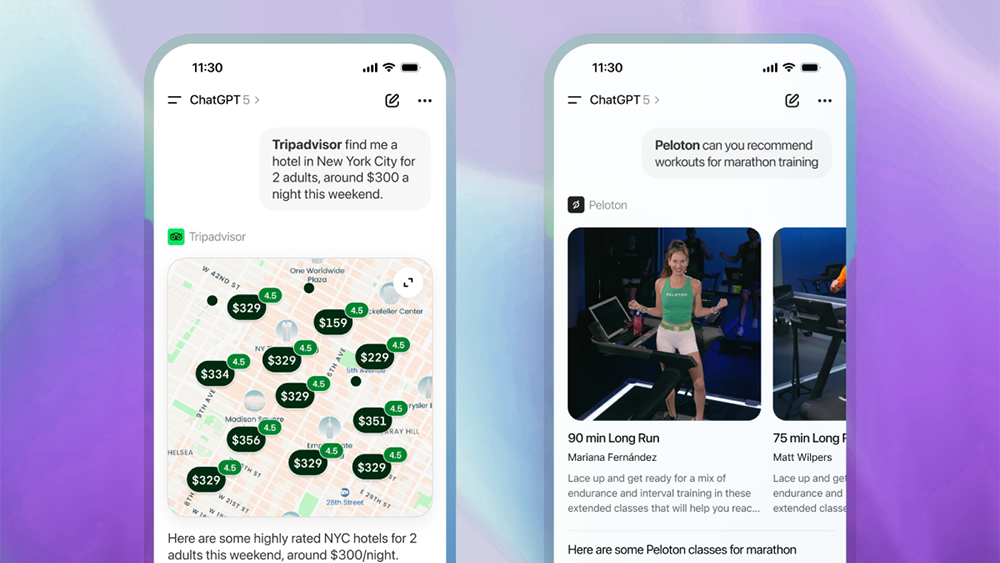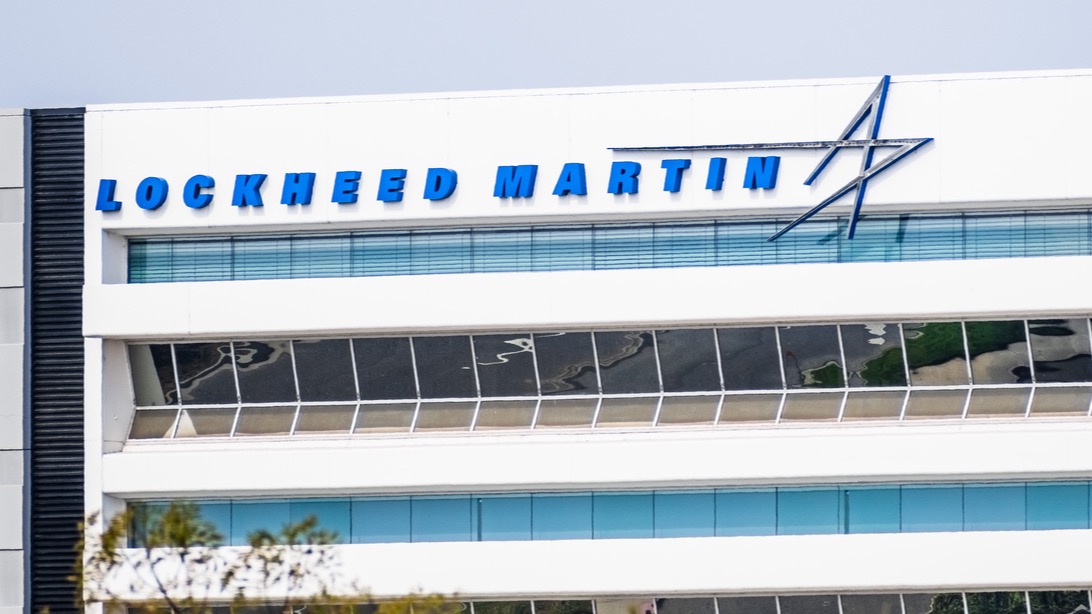
Key Points
- AI-driven agentic workflows are rendering traditional org charts obsolete, giving rise to a new operational model called the "orchestration graph."
- Andrea Hogan, a GTM and AI readiness consultant with executive experience at Qualcomm, argued that leadership must evolve from managing people to orchestrating complex human-AI systems.
- She described governance not as a brake on innovation but as a "steering wheel" essential for guiding AI safely and preventing chaos at scale.
- Hogan advocated for a cross-functional advisory board to manage AI, viewing oversight as a shared responsibility rather than a siloed, one-person job.
The hierarchical org chart, for generations the unchallenged blueprint of corporate structure, is becoming a relic. As AI-driven agentic workflows proliferate, a new model is emerging in the form of what some are calling the orchestration graph. It represents a fundamental rewiring of how work gets done. The old structures, built to manage the limitations of human teams, are cracking under the pressure of AI’s speed and scale. This new reality demands more than just new tools; it demands a new philosophy of leadership, one where the most valuable resource is no longer the execution of tasks, but the intelligent orchestration of them.
We spoke with Andrea Hogan, Qualcomm and IBM veteran and founder of All West Consulting. As Regional CMO for Qualcomm, she led marketing strategy for the $11 billion revenue region and sat on its AI exploration board, giving her a practitioner's view of the chasm between legacy structures and the new demands of AI. Drawing on that experience, she argued that companies must move beyond managing people and start managing workflows.
The new economics of work: "AI has made the execution cheap, fast, and abundant. With the latest release of ChatGPT, things are faster and more reliable, but the real scarcity is this orchestration."
From managing people to managing workflows: This inversion of scarcity and abundance is the engine driving the shift. The old model is obsolete because its premise is gone. For Hogan, this is the essential truth leaders must grasp. "Instead of managing people now, we should be thinking about managing workflows. Now you have this living network of humans and AI agents all working together in one system, which requires a new way of thinking and a new blueprint."
This new, supercharged capacity required a different kind of control mechanism. Where many saw only the need for restriction and risk mitigation, Hogan pointed to a strategic opportunity to steer innovation. She argued that governance is not a roadblock to progress but the very system that makes progress possible at scale.
Hogan acknowledged the fears of AI-driven errors but framed the issue more broadly. She argued that the potential for chaos, whether human or machine-driven, is the primary justification for mastering orchestration.
A steering wheel, not a brake: "When we think about governance, it's not a brake on AI. It's a steering wheel." Without governance, AI can create chaos at scale. But humans can as well. "The orchestration graph isn't just about speed," she said. "It's about building in that oversight and accountability, creating an institutional memory so the systems are in place safely." Safe implementation is undoubtedly the fastest route to further scaling implementation.

This brings the challenge back to the human element. If orchestration is the new critical function, who in the organization is ultimately responsible? Hogan said the real test of leadership is in navigating this new terrain.
The new leadership mandate: "The real leadership challenge to me is deciding what gets done, how, and under what governance," she said. While there is debate around the emerging role of the CAIO, Hogan advised a more pragmatic start. She suggested initial responsibility should sit with the CTO or CIO, "where there is the most risk and most application for AI."
But the ultimate solution cannot be siloed. She advocated for a cross-functional advisory board to establish guardrails, vet tools, and ensure "consensus and buy-in early across the organization." It's a model built not around a single point of authority, but a network of shared responsibility: a human reflection of the very orchestration graph it is meant to govern. "It is a role that goes across an organization, so it doesn't necessarily need to be a one-person job."
.svg)





